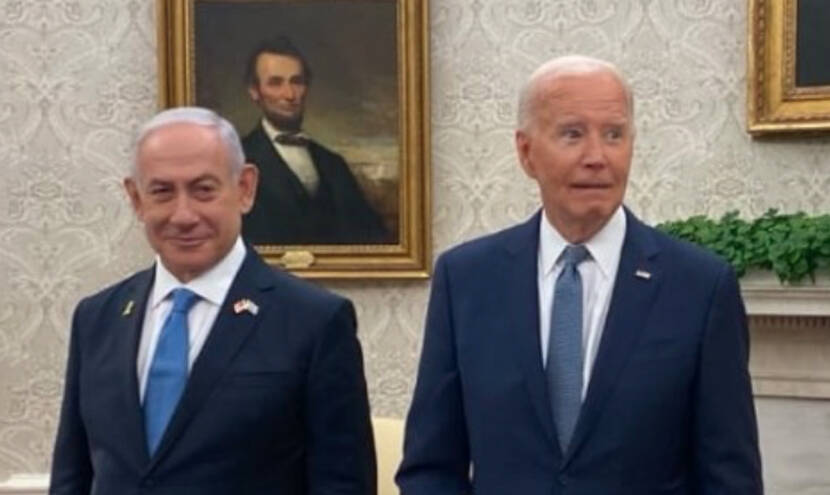
www.dailywire.com
Department Of Veterans Affairs Faces $15 Billion Shortfall
Veterans who depend on the U.S. Department of Veterans Affairs for benefits and healthcare may be in for a big disappointment: the department acknowledged it will run roughly $15 billion short through this year and 2025.
VA benefits accounts could plunge $2.9 billion, and healthcare accounts could be almost $12 billion short next year.
“Right now, due in large part to the historic PACT Act, VA is delivering more care and more benefits to more veterans than ever before,” VA Press Secretary Terrence Hayes stated. “These results are life-changing for veterans, their families, caregivers and survivors, and VA will continue to push to make sure that they get the care and benefits they deserve.”
But according to Military.com, Congress was apprised in a slideshow that there could be “potential disruptions to benefits payments if there’s insufficient funding by the end of the fiscal year.”
“If VBA (Veterans Benefits Administration) has insufficient funding available, then compensation and pension payments to over 7 million veterans and survivors and readjustment benefit payments to over 500,000 individuals that are scheduled to be delivered on October 1, 2024, are at risk,” the slideshow stated.
“This represents by far the largest budget shortfall the Department of Veterans Affairs (VA) has experienced under any administration and a repudiation of the FY 2025 budget request that the Biden-Harris administration presented just four months ago,” Rep. Mike Bost (R-IL), Chairman of the House Veterans Affairs Committee Chairman, wrote VA Secretary Denis McDonough on Wednesday. ”Not only have your chief financial officers thrown out the dollar amounts requested for many key accounts, they have abandoned many of the estimates and projections that underpinned their budget. This is not just fiscal mismanagement; it is strategic whiplash.”
“I understand that priorities may change, but it boggles my mind how the roughly 10,000 full-time equivalent (FTE) workforce reduction and the nationwide VHA hiring restrictions that you defended just a few months ago have already become a more than 22,000 FTE increase. Hiring quality health care workers is difficult enough without a constantly moving target,” Bost added.
















